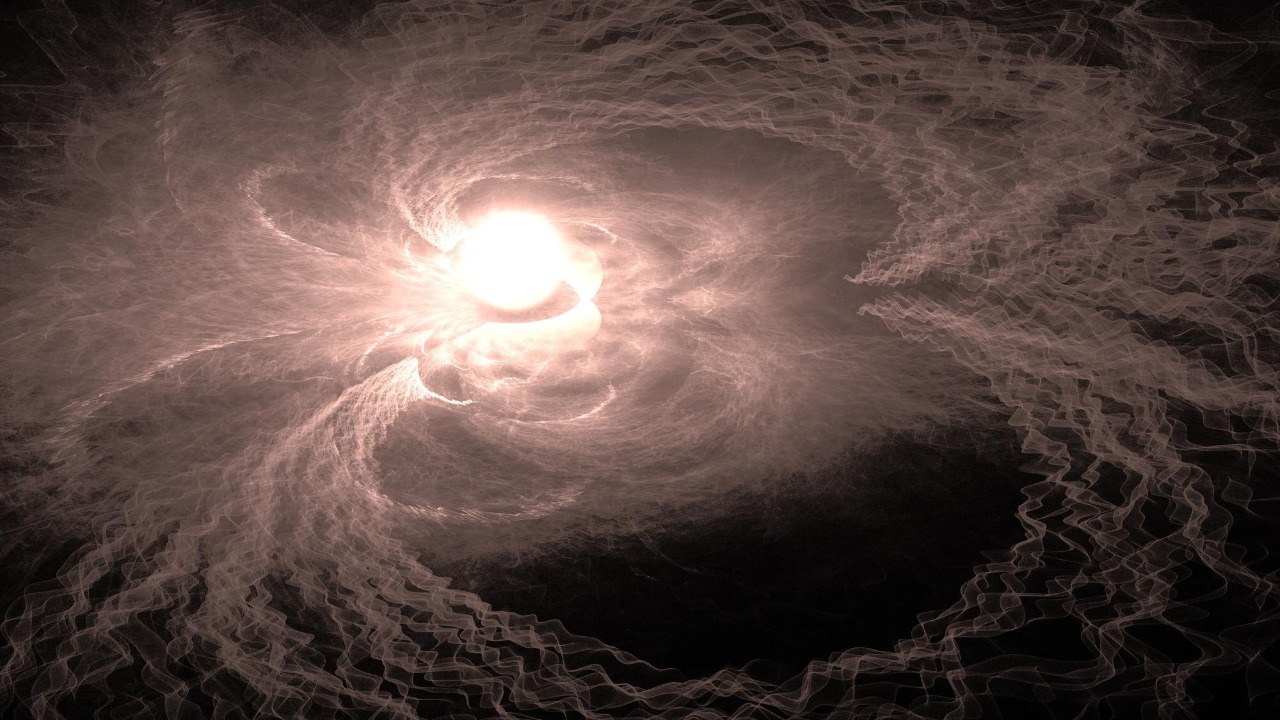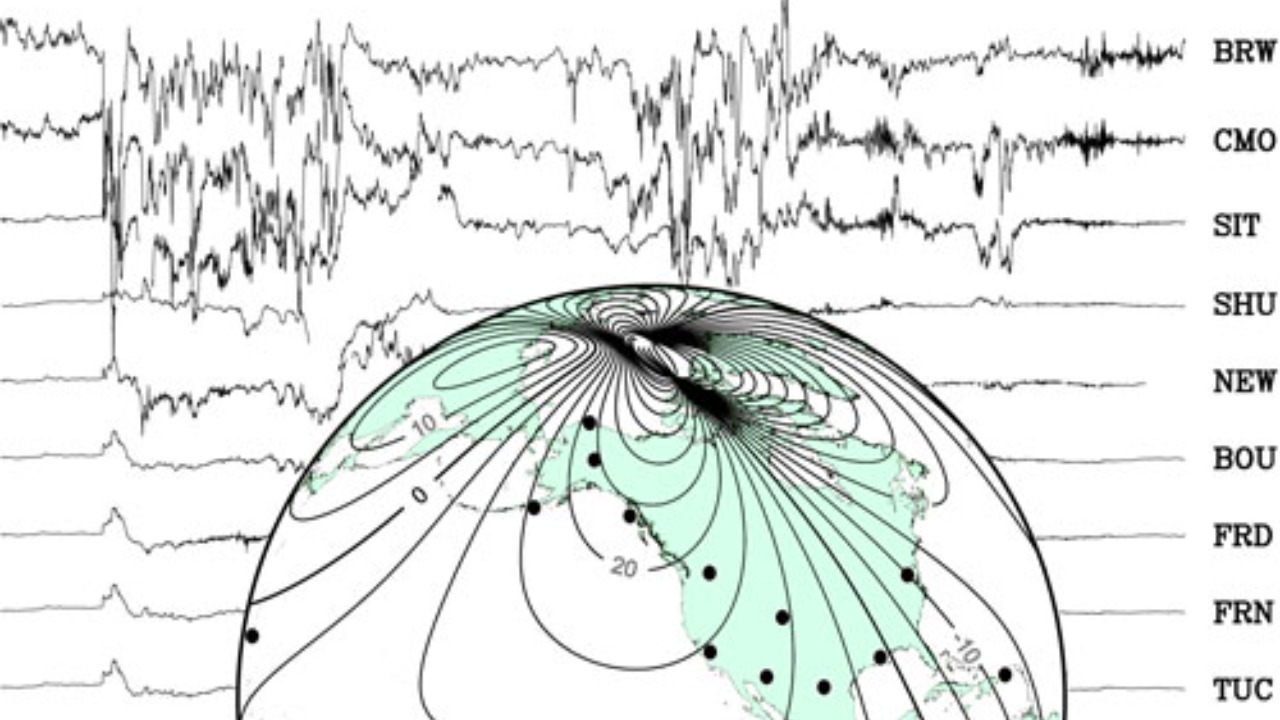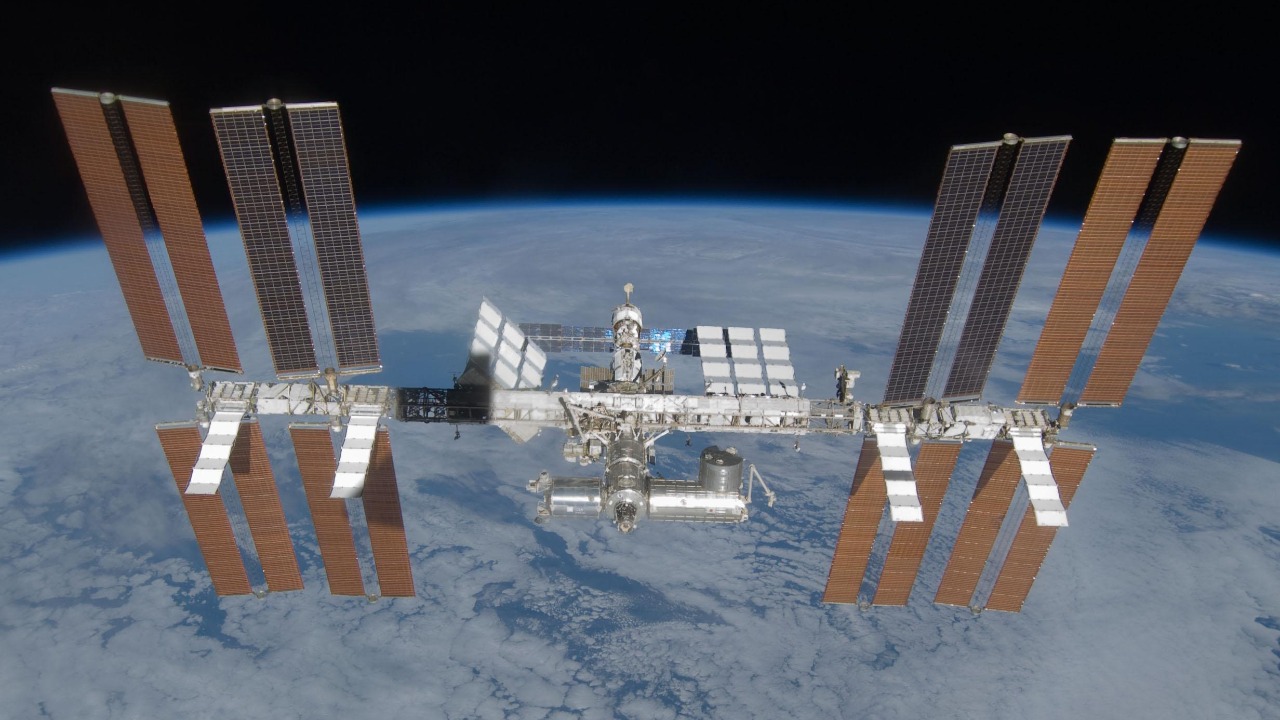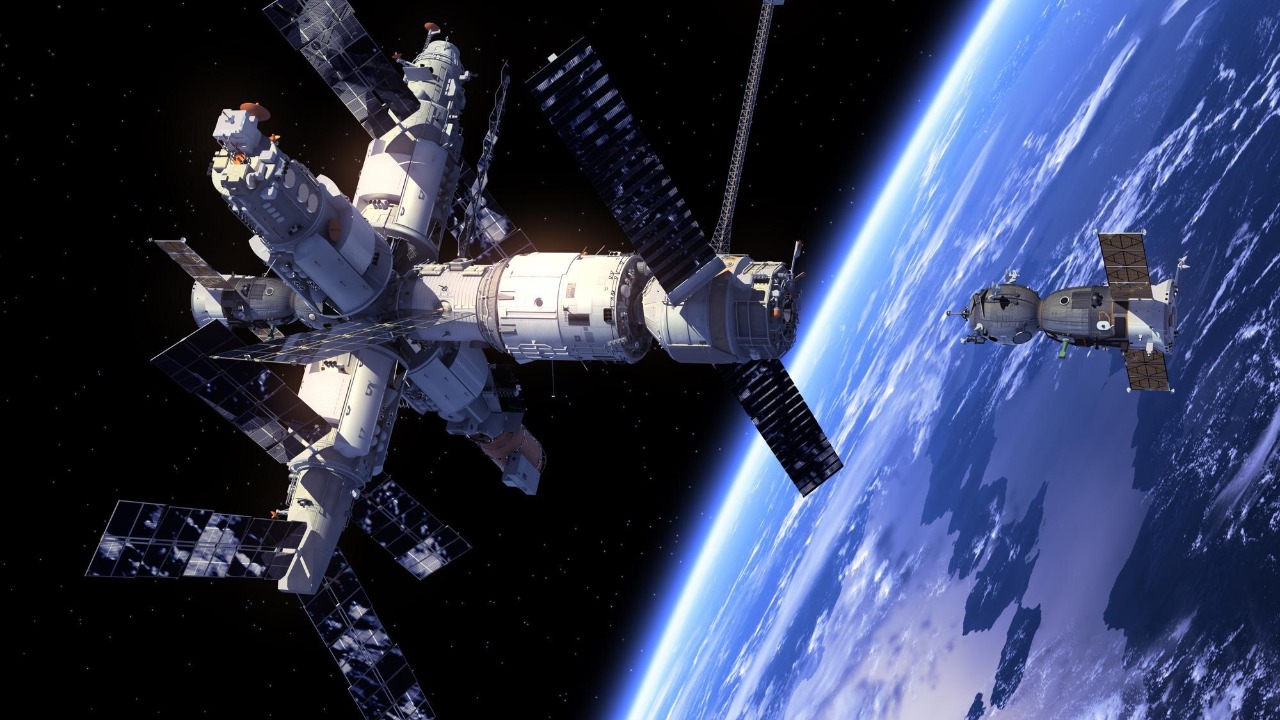
Scientists have recently made strides in tracking invisible magnetic storms, an advancement that could have significant implications for space weather forecasting and technology on Earth. These storms, primarily influenced by solar activity, can disrupt communication systems and power grids, making their detection and tracking crucial for modern society.
Understanding Magnetic Storms

Magnetic storms are disturbances in Earth’s magnetosphere caused by solar wind and solar energy particles. These invisible phenomena originate from the sun, where eruptions like solar flares and coronal mass ejections (CMEs) release massive amounts of energy and charged particles into space. When these particles collide with Earth’s magnetic field, they create fluctuations that can impact satellite operations, communications, and even ground-based power systems.
The dynamic nature of magnetic storms means their effects can vary significantly. During periods of intense solar activity, such as solar maximum, the frequency and severity of these storms increase. This variability underscores the importance of understanding how solar phenomena, like CMEs, trigger magnetic storms. The impact of these storms can be profound, influencing everything from auroras to disruptions in radio communication.
Technological Advancements in Tracking

Recent technological advancements have greatly improved our ability to detect and track magnetic storms. Innovative detection methods, like those developed by the Cassini spacecraft, enable scientists to visualize these otherwise invisible events. Cassini’s techniques involve capturing the interactions of charged particles with Earth’s magnetosphere, providing valuable data that enhances our understanding and tracking capabilities.
Space missions and projects managed by NASA’s Jet Propulsion Laboratory have significantly contributed to our knowledge of magnetic storms. By deploying instruments that monitor the solar wind and its effects on Earth’s magnetic field, these missions have provided unprecedented insights. The data collected from these missions aids in developing more accurate models to predict and mitigate the impacts of magnetic storms on Earth’s technology and infrastructure.
Implications for Earth and Society

The potential disruptions caused by magnetic storms on Earth’s technology and infrastructure are substantial. These storms can interfere with communication systems, GPS, and power grids, leading to widespread impacts. Historical events, such as the 1989 solar storm that caused a major blackout in Quebec, illustrate the severity of these effects. As society becomes increasingly reliant on technology, the need for effective strategies to mitigate these disruptions grows.
Preparedness and mitigation strategies are essential to minimizing the impact of magnetic storms. Early detection and forecasting are crucial components of these strategies, enabling timely responses to potential threats. By understanding the mechanisms behind these storms and improving our forecasting capabilities, society can better prepare for and mitigate the adverse effects, reducing the risk of technological and infrastructural damage.
Future Research and Exploration

Ongoing studies and international collaborations are vital for advancing the detection and understanding of magnetic storms. Interdisciplinary approaches combine expertise from fields like space physics, engineering, and data science to address the challenges posed by these phenomena. Such collaborations are crucial in developing comprehensive strategies for managing the risks associated with magnetic storms.
One promising area of research is the development of predictive models to forecast magnetic storms. These models aim to provide accurate and timely predictions, enhancing global preparedness and response strategies. By leveraging advancements in technology and data analysis, scientists are working towards creating reliable tools that can predict the occurrence and impact of magnetic storms, ultimately safeguarding society from their potential effects. For more information on how scientists are finding new ways to spot these events, check out this article.